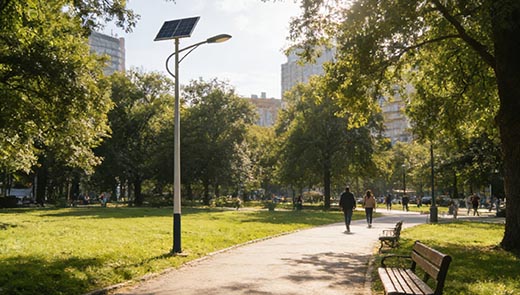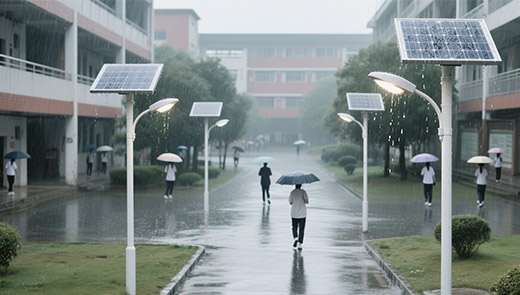How to Choose and Replace LED Light Sources in Solar Street Lights?
In solar street light systems, LED light sources play a central role, with their performance directly impacting lighting effectiveness, energy consumption, and the overall system lifespan. Selecting the right LED light source significantly enhances operational efficiency, while following standardized replacement procedures is crucial for ensuring long-term, stable operation. This article details key considerations for selecting LED light sources and the replacement steps for solar street lights.
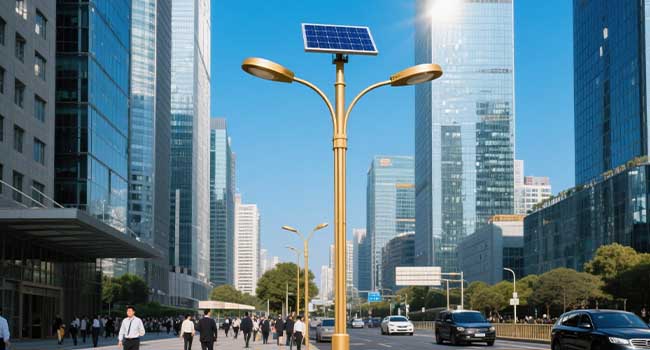
What Are the Key Points When Choosing LED Light Sources for Solar Street Lights?
Compatibility Between Light Sources and Solar Systems
The power rating of LED light sources must align with the capacity of solar panels and batteries. Excessively high power can cause batteries to discharge too deeply, shortening their lifespan and potentially leading to premature shutdowns at night. Conversely, insufficient power fails to meet lighting requirements.
Generally, the appropriate LED light source power should be calculated based on the solar panel's average daily power generation and the battery's energy storage capacity. For example, in regions with favorable sunlight conditions, if the solar panel generates an average of 100Wh daily and the battery capacity is 200Wh, selecting an LED light source around 30W is suitable. This ensures over 10 hours of illumination without excessive energy consumption.
Environmental Adaptability
Given significant climate variations across regions, LED light sources must possess corresponding environmental adaptability. In high-temperature areas, LED light sources with excellent heat dissipation should be selected to prevent accelerated light decay and reduced lifespan due to excessive heat. In cold regions, the low-temperature start-up performance of the light source must be considered to ensure normal illumination in frigid conditions.
Additionally, for street lights in rainy or foggy regions, LED light sources must possess robust waterproof and fog-proof capabilities, with a protection rating of at least IP65 to prevent moisture ingress and damage. Coastal areas require particular emphasis on corrosion resistance to withstand humid, salt-laden air environments.
Lifespan and Reliability
The lifespan of LED light sources is a critical selection criterion, typically measured by Mean Time Between Failures (MTBF). High-quality LED light sources can achieve an average lifespan exceeding 50,000 hours, significantly reducing replacement frequency and maintenance costs. Simultaneously, attention must be paid to the reliability of the light source, such as its vibration resistance. Solar street lights installed outdoors are susceptible to vibrations caused by wind and vehicle traffic. Light sources with poor vibration resistance may experience issues like solder joint detachment or filament breakage, affecting normal operation.
Smart Control Compatibility
With the advancement of smart technology, an increasing number of solar street lights are equipped with intelligent control systems featuring functions like light sensing, time control, and remote dimming. Therefore, when selecting LED light sources, compatibility with these smart control systems must be considered. For instance, LED light sources supporting PWM dimming or 0-10V dimming can work with smart controllers to adjust illumination levels based on ambient brightness and actual needs, further conserving energy.
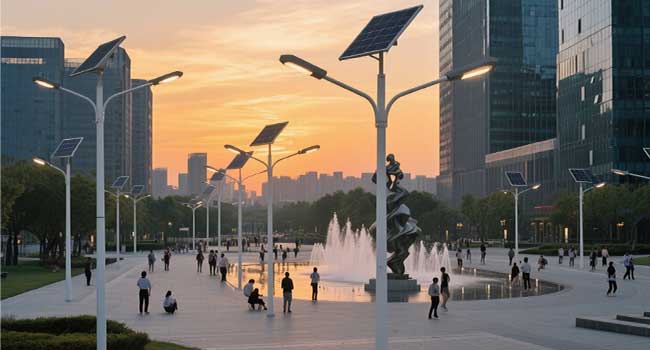
Solar Street Light LED Component Replacement Procedure
Safety Protocols and System Shutdown
Replacing LED in solar street light systems requires comprehensive safety protocols to protect personnel and prevent equipment damage. System shutdown involves disconnecting solar panels and isolating the battery system; confirming zero energy status is mandatory before commencing LED replacement. Technicians performing elevated work must wear personal protective equipment including insulated gloves, safety harnesses, and voltage testers.
Lockout/tagout procedures prevent accidental energization during replacement, requiring clear communication protocols among maintenance team members. Additionally, documentation of safety protocols, emergency contacts, and rescue plans must comply with occupational safety regulations and contractor insurance requirements for solar street light maintenance activities.
Component Removal and Installation Techniques
Proper LED removal techniques preserve luminaire integrity while enhancing component replacement efficiency. System disassembly involves removing protective covers, disconnecting electrical connections, and extracting LED modules using appropriate tools to avoid damaging housing components and sealing elements. Removing thermal interface material and performing surface preparation ensures effective heat transfer between replacement LED modules and solar street light heat sinks.
The installation process involves applying appropriate thermal compound, inspecting electrical connections, performing continuity tests, and reassembling the solar street light fixture. Quality control measures include visual inspection, electrical testing, and photometric verification to confirm proper LED installation and optimal performance.
Testing and Commissioning Procedures
Comprehensive testing validates successful LED replacement and ensures seamless integration with the solar street light system for peak performance. The initial power-up procedure includes voltage measurement, current verification, and thermal monitoring to confirm the LED operate normally and are compatible with the system. Photometric testing using a calibrated photometer verifies that illumination levels, uniformity, and light distribution patterns meet the specified requirements for the solar street light installation.
Functional testing covers dimming operations, control system communication, and fault detection capabilities to ensure full integration with the existing solar street light management system. Test results, warranty information, and maintenance records must be documented to support ongoing management and future service activities for the solar street light system. Performance monitoring during initial operation verifies long-term reliability and identifies any issues requiring correction.
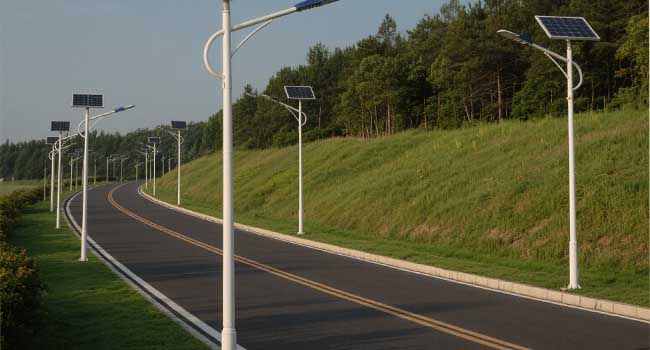
Daily Maintenance and Care for Solar Street Light LED Light Sources
Regular Cleaning and Inspection
Periodically clean solar street light LED light sources to remove surface dust, stains, and debris that may impair illumination. Simultaneously, inspect the light source for damage, deformation, loose connections, or aging wiring. Address any issues promptly. Use soft cloths for cleaning and avoid corrosive cleaners to prevent coating damage. Always disconnect power before inspecting wiring to ensure safety.
Performance Monitoring and Documentation
Establish a monitoring mechanism for LED light source performance, regularly recording parameters such as brightness, color temperature, and power consumption. By comparing parameters across different periods, promptly identify changes in light source performance to determine if maintenance or replacement is needed. Utilize intelligent control systems for remote monitoring of light source performance to enhance efficiency, detect anomalies in a timely manner, and take appropriate actions.
Common Faults and Solutions for Solar Street Light LED Light Sources
Light Source Not Illuminating
This may result from faulty wiring connections, power supply issues, or damage to the light source itself. First, inspect wiring connections for looseness or breaks. If wiring is intact, verify proper power supply. Finally, assess whether the light source is damaged. For wiring faults, reconnect properly; for power supply issues, repair or replace the power supply; for damaged light sources, replace with new ones.
Excessive Brightness Decline
Possible causes include inadequate heat dissipation, poor light source quality, or harsh operating environments. Verify the heat dissipation system is functioning correctly and clean dust from the heat sink. If the light source is defective, replace it with a high-quality unit. For harsh environments, implement protective measures such as enhanced waterproofing and corrosion resistance.
Selecting appropriate LED light sources and performing standardized replacements are critical for maintaining the performance, efficiency, and lifespan of solar street lights. When selecting, comprehensively consider factors including compatibility with the solar system, environmental adaptability, lifespan and reliability, and compatibility with smart control systems. During replacement, strictly adhere to safety protocols, master proper disassembly and installation techniques, and perform thorough testing and debugging. Additionally, implement routine maintenance and timely troubleshooting of common faults to ensure solar street lights consistently operate in optimal condition, providing stable and reliable nighttime illumination.

